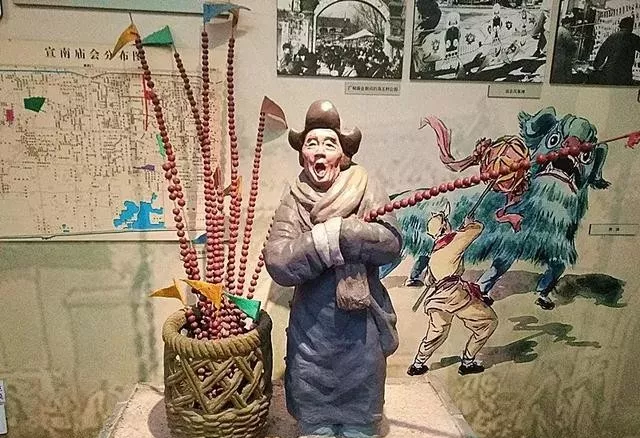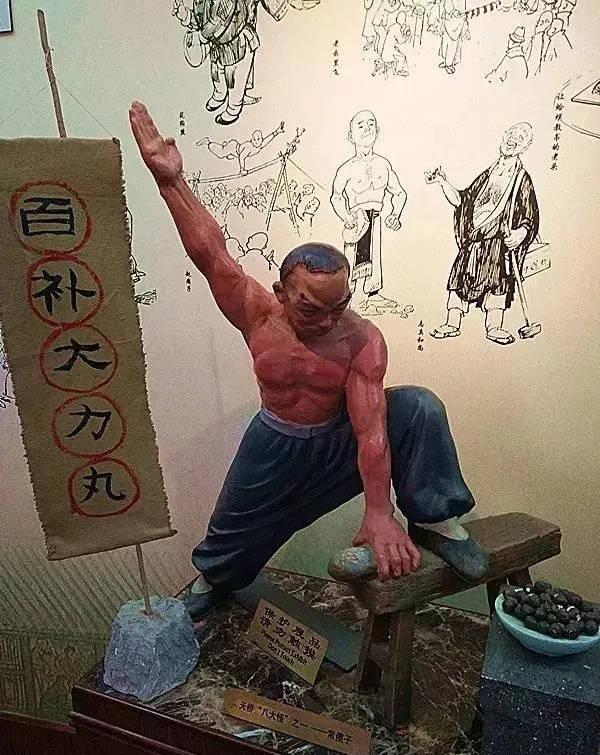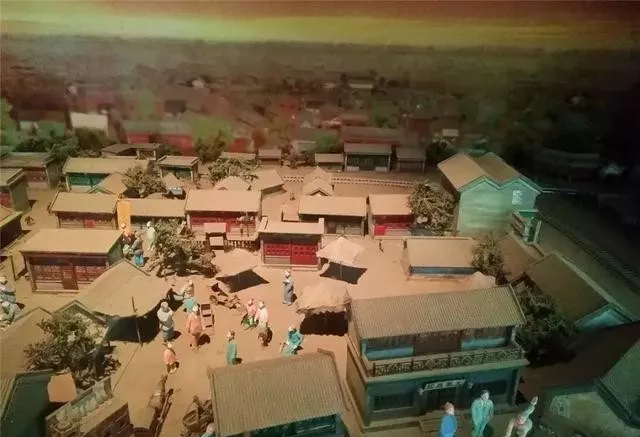Dive Into Beijing's Artistic Past With Little-Known Xuannan Cultural Museum
Tianqiao area is best known for its vibrant acrobatic and performing art scene and Xuannan Cultural Museum, tucked away inside Changchun Street, gives a small glimpse at what past performances may have looked like. Located inside Changchun Temple in the Tianqiao neighborhood, the museum may not draw big crowds with its low-key presentation but provides a real taste of Xuannan culture.
Xuannan, or “south of Xuanwumen,” refers to the area southwest of the Forbidden City, including historical blocks such as Tianqiao, Niujie, Dashila, and Liulichang, an area fostering a unique cultural atmosphere that still thrives to this day, making Xuannan culture famous throughout China.

Renovated from Changchun Temple, which was built during the 20th year of the Wanli Emperor’s reign in the Ming Dynasty (1592), the museum opened its doors to the public in 2005. The bright red brick complex houses eight exhibition halls, each shedding light on a specific aspect of Xuannan culture, such as the opera industry and commerce. The section celebrating the Eight Eccentrics of Tianqiao (天桥八怪 tiān qiáo bā guài), a group of famed folk artists active from the 1910s and into the 1950s, transports visitors back to that boom time for the Tianqiao area, and to its lively, bustling streets.

The museum also features modern performing arts, including statues of crosstalk titan Hou Baolin and opera artist Wei Xikui, with an explanation of the art forms’ history and development.
Another important element of Xuannan culture is the temple fairs, lined with stalls selling all kinds of crafts and snacks. The area’s landmark buildings back then including the provincial residences built for scholars coming to Beijing for the imperial exams which took place every three years.

For those looking for a glimpse into Beijing's past, and performing-arts history, the Xuannan Cultural Museum provides a modest look at crafts that continue to this day.
Xuannan Cultural Museum
Tue-Sun 9am-4.30pm. Free (ID card or passport required). 9 Changchun Jie, Xicheng District
西城区长椿街9号
READ: Feel the Noise: How to Appreciate Peking Opera
This article originally featured on our sister site beijingkids.
More stories by this author here.
Email: kuang@thebeijinger.com
Instagram:beijinglights_
Photos: 北京文化







